How does dust extraction work? The basics of dust collection
Matt Brown | Published October 2nd 2025 | Updated October 2nd 2025
Dust extraction helps to create and maintain clean air within a work environment, protecting the health of employees, ensuring compliance with workplace regulations, and helping manufacturers to maintain production efficiency and product quality.
How does dust extraction work?
Dust extraction is the process of creating and maintaining clean, breathable air by removing or extracting the dust and fumes that are generated through various production techniques in commercial facilities like factories.
A dust extraction system, also known as a Local Exhaust Ventilation (LEV) system consists of a capture hood, a powerful fan, a filter, and a dust collection bag, and ductwork.
Dust collection works by pulling the dusty air through the capture hood into ductwork system, where filters separate the dust from the air. The clean air is then either returned to the production environment or released, while the collected dust is contained in a bag for safe disposal.
What are the benefits of installing a Local Exhaust Ventilation (LEV) system?
There are many benefits to installing an LEV system, ranging from simply protecting the health of your employees, to improving your overall quality control.
Want to keep your team happy? Implementing an LEV system will help to make your employees’ work environment as comfortable as possible, making certain that they’re working in clean, dust-free atmospheres and reducing the risk of respiratory issues.
Struggling with inefficiency? A happy workforce is a more productive one, and having dust-extraction measures in place means you’ll see a more focused, energetic team.
Seeing low-quality products creep into the final production stages? Dust collection stops contaminants from entering the assembly line, useful for industries like food and pharmaceutical manufacturing where hygiene is critical.
Spending big on maintenance? Installing a dust extraction system helps you to reduce downtime caused by the build-up of dust on machinery, helping you see long-term cost savings.
Unsure if you’re properly complying with legal workplace requirements? High-quality dust collection systems ensure you’re keeping on top of COSHH and DSEAR requirements, as detailed below.
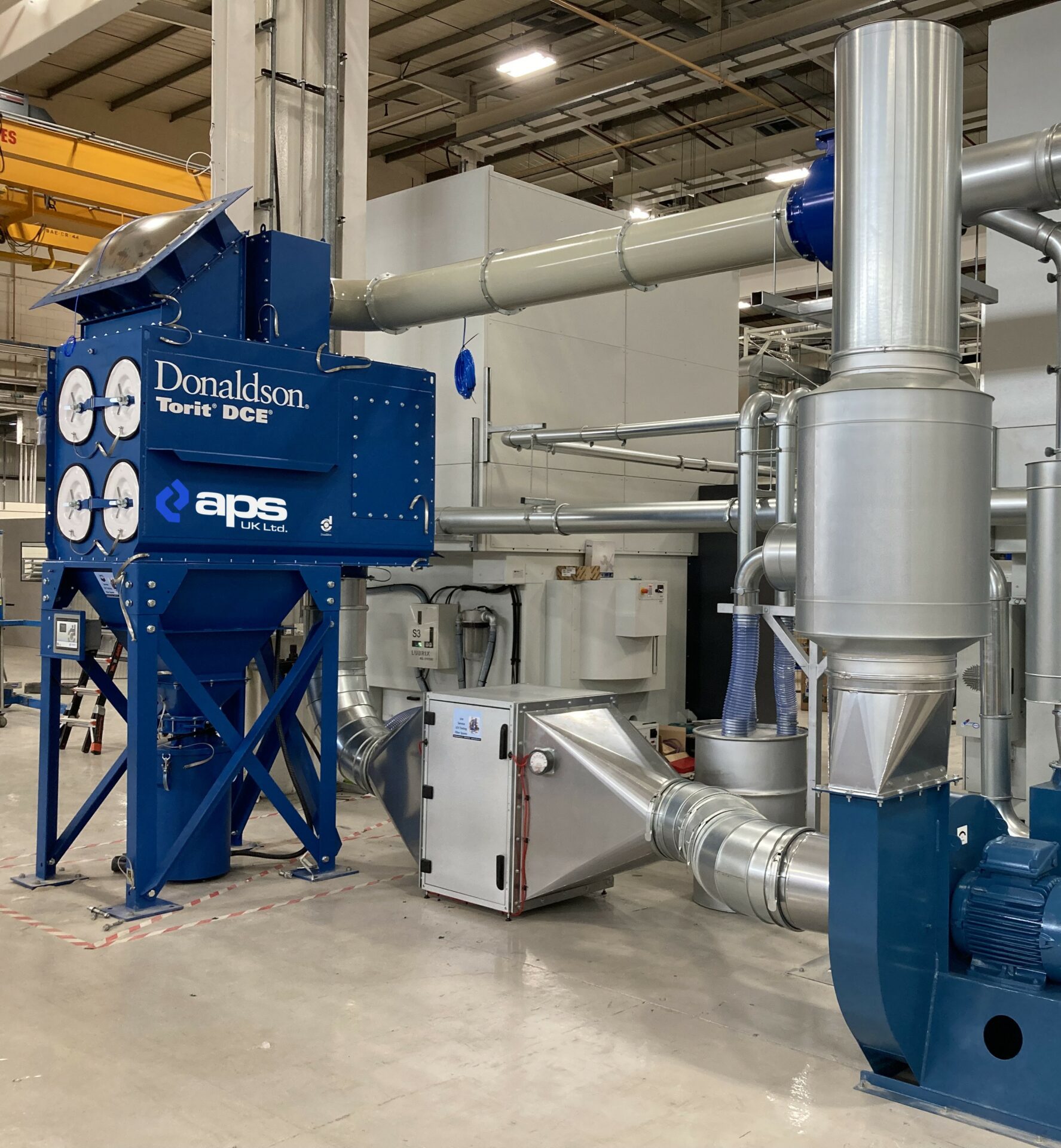
What are COSHH and DSEAR regulations, and how do dust extraction systems help me stay compliant with them?
Manufacturers in the UK are governed by two key legal requirements when it comes to creating a safe workplace environment free of harmful substances: Control of Substances Hazardous to Health Regulations (COSHH) and Dangerous Substances and Explosive Atmospheres Regulations 2002 (DSEAR).
COSHH regulations require employers to control substances in the workplace that are potentially hazardous to employees’ health. The first step of controlling hazardous dust and fumes is through a COSHH risk assessment, which focuses on the risks arising from substances in the factory atmosphere, and how workers may be harmed.
DSEAR meanwhile requires employers to control risks to safety resulting from substances which could cause fire, explosions, and corrosion to metals. Similar to COSHH regulations, they ask employers to find out which dangerous substances are in their workplace and prepare plans and procedures to deal with potential incidents and remove risks.
Dust extraction systems help manufacturers to stay compliant with COSHH and DSEAR regulations by extracting airborne dust at its source, therefore preventing employees from being exposed to potentially harmful substances.
How can dust extraction systems help manufacturers?
Whether you’re manufacturing biscuits or helicopters, dust extraction systems will help you to ensure your staff are safe, and your production line is operating as efficiently as possible.
Here at APS, we’ve worked with numerous manufacturers across the UK, installing high quality LEV systems to ensure their work environments are compliant with COSHH and DSEAR regulations. Over the past few years, we’ve helped businesses including helicopter manufacturer Hill Helicopters and a large-scale plastic manufacturing firm with bespoke dust extraction systems, which improve air quality and contribute to smooth factory operations.
We’ve also helped own-brand tea and coffee partner Finlay Beverages to extract valuable the caffeine, removed during the process of making decaffeinated tea for onward sale to Europe and the USA, and enabled household brand name Fox’s Biscuits to upgrade from three, inefficient legacy dust control units, to one, state-of-the-art system.
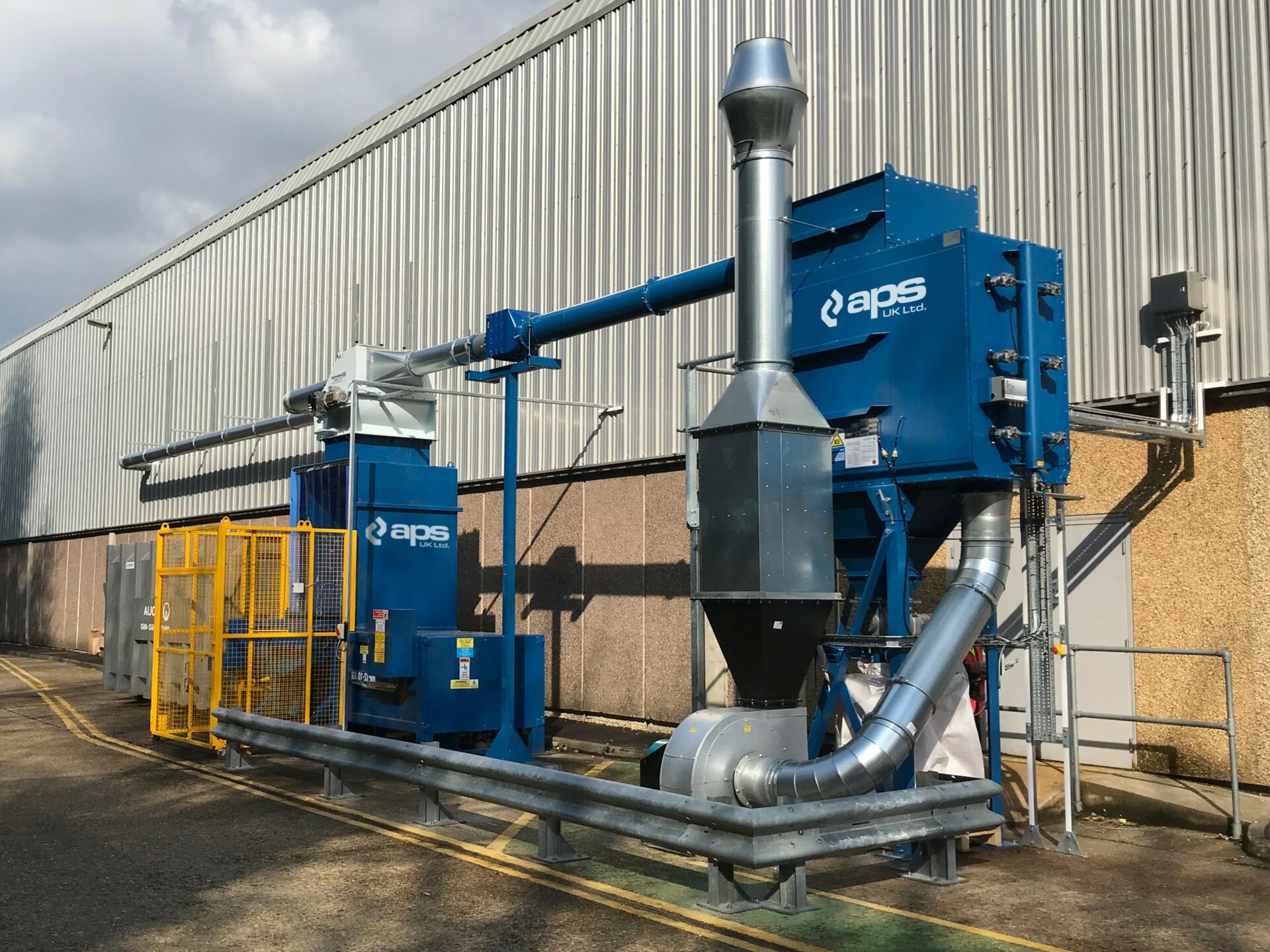
How often should an LEV system be tested and serviced?
Whether you’ve recently purchased and installed a new LEV system, or you’re looking ahead to buying one, you’ll be curious to know how often you should be getting it tested and serviced.
A legal obligation for business owners to carry out, an LEV test checks whether your system is in full working order. According to the Health and Safety Executive (HSE), under COSHH regulations, LEVs should be tested at least once every 14 months, and companies should hold records of tests for a minimum of five years.
You should get your LEV equipment tested by a P601 Certificated LEV Engineer, who can provide a comprehensive report on your dust extraction system performance, and make recommendations on improving its efficiency.
The testing process involves multiple elements including a visual inspection of your dust extractor; component testing of airflow, capture velocity, filter efficiency and noise levels; and an assessment of COSHH compliance.
Following on from LEV testing, you should look to undertake regular LEV servicing. While there are no specific laws around when maintenance should take place, generally, LEV systems should be serviced at least once a year.
LEV maintenance involves the repair, refurbishment, replacement of LEV system components, including filters, ducts, and hoods, alongside the removal of excess dust within the system, to ensure proper airflow.
Get in touch
Got a question about how you can vastly improve your production process through the installation of a high-quality LEV system? Speak to our friendly, expert team today, and we’ll design, install, and maintain a bespoke solution that fits your needs.
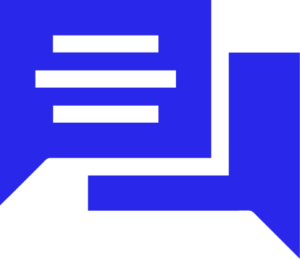
We Consult
Understanding is key. We take the time to grasp your specific requirements, ensuring solutions tailored just for you.
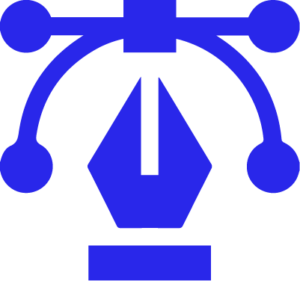
We Design
With your needs as our blueprint, we craft designs that are both functional and in step with modern aesthetics.
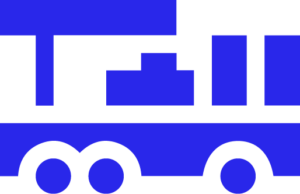
We Install
Our team prioritises a smooth, efficient installation process, minimising disruption while focusing on optimal safety outcomes.